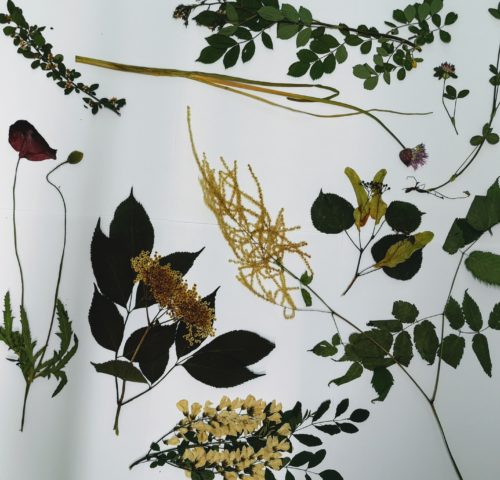The INSIGNIA project has drawn the attention of the Spanish TV channel Canal Sur! Two of their reporters visited the lab in Almería and asked some questions about the APIStrips and the project progress. Two days later, a short description of the work performed by the INSIGNIA group was broadcast on the news with a small part of the interviews to the Almería team.
Sample pick-up and delivery in Austria
We try to maintain cool chain of samples collected by citizen scientists – which means we do visit citizen scientists’ locations with a cool bag. The first big tour 2020 brought me to three participating beekeepers. Always a good option to see apiaries in the city or in the woods. Johann on the other hand benefitted of the nice weather and brought his samples 60 km by motorbike to the university in Graz!
Collecting plants for science!
All INSIGNIA samples are analysed for pesticides residues and pollen diversity.
Last year, it was only possible to assign latter to the taxonomic family level, as the reference DNA database was not reliable enough to draw conclusions on botanical genus or species level. To complete the database, the colleagues from the Instituto Politécnico de Bragança in Portugal asked us to collect fresh plants, known to be important for bees.
No sooner said than done! The University of Graz sampled more than 60 plant species, herbarized them and will send it to Alice Pinto and her team in Portugal this week for ITS 2 metabarcoding. The figure below shows Papaver rhoeas, Cotoneaster horizontalis, Allium schoenoprasum, Tilia cordata, Rosa multiflora, Trifolium pratense, Sambucus nigra, Aruncus dioicus and Robinia pseudoacacia. All important melliferious plants for bees.
Hopefully, this enables the assignment of pollen to lower taxonomic levels in year two of INSIGNIA.

Kristina Gratzer
